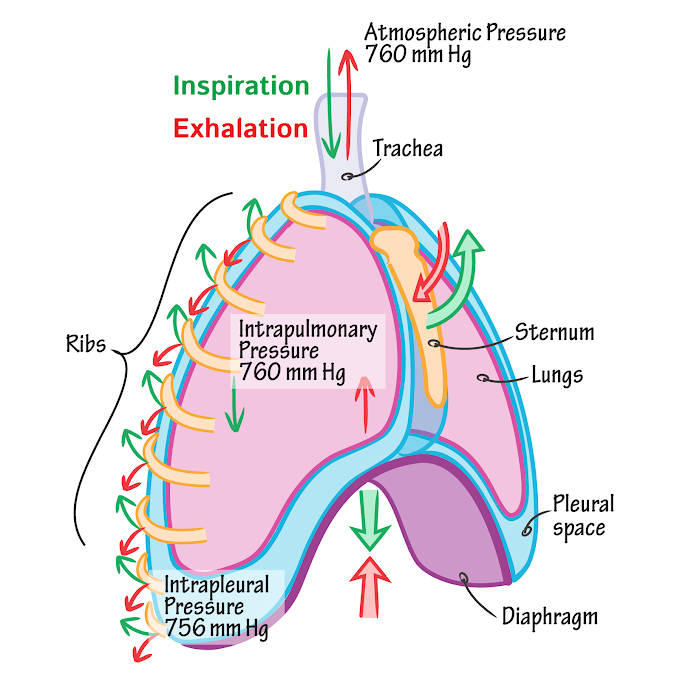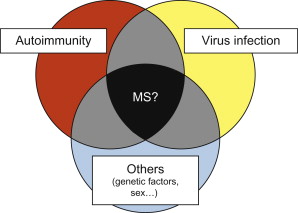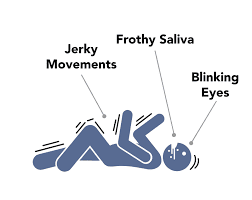Examination of Sensory Function
- The superficial sensation is examined first, followed by deep sensation and then the combined cortical sensation.
- If a test indicates impairment of superficial responses, then some impairment of the more discriminative (deep and combined) sensation also will be noted and it is a contraindication to further testing.
- For example lack of touch, the sensation would be a contraindication for testing stereognosis.
- Following data will be collected for each sensory test:
- The modality tested
- Quantity of affected body surface
- Degree of severity of involvement
- Localization of the exact boundaries of sensory impairment
- Patient's objective feelings about the change in sensation
- Impact of sensory loss on function (i.e., activity limitation, disability)
- During testing, the application of stimuli should be random, unpredictable manner with variation in timing.
- Scar tissue or callused areas are less sensitive and show diminished response to sensory stimuli.
- A trial test is performed to instruct the patient in what to exact and how to respond to the application of specific stimuli.
- Patient vision is occluded during sensory testing.
Superficial Sensation
1. Pain
This test is also called sharp/dull discrimination that indicates protective sensation.
Equipment: a large clip that provides one sharp end and one dull end or single-use protected neurological pin.
Procedure:
- The instrument should be carefully cleaned before use and disposed after use.
- The sharp and dull ends of the instrument are randomly applied perpendicular to the skin.
- To avoid summation of impulse, the stimuli should not be applied too close to each other or in too rapid succession.
- To maintain a uniform pressure with each successive application of stimuli, the pin should be held firmly and fingers allowed to "slide" down the pin once in contact with the skin.
- This will avoid the chance of gradually increasing pressure during application.
- The test pin is sharp enough to deflect the skin, but not puncture it.
Response: the patient is asked to verbally indicate sharp order when a stimulus is felt. All areas of the body may be tested.
2. Temperature
This test determines the ability to distinguish between warm and cool stimuli.
Equipment: test tube with stopper.
Procedure:
- One test-tube is filled with crushed ice (5°-10°C) and other test tube is filled with warm water (40°-45°C) and close by a stopper.
- The side of the test tube should be placed in contact with the patient skin.
- Test tubes are randomly placed in contact with the skin area to be tested.
- All the skin surfaces should be tested.
Response: The patient is asked to reply hot or cold after each stimulus application.
👉👉 These tests are difficult to apply on a day to day basis because of rapid change in temperature, once the test tube is exposed at room temperature.
3. Touch Awareness
This test determined the perception of tactile touch input.
Equipment: A camel hair brush or piece of cotton, or tissue.
Procedure: Area to be tested is slightly touched or stroked by a piece of cotton.
Response: The patient is asked to indicate when he recognized that a stimulus has been applied by responding "yes" or "no".
4. Pressure Perception
Equipment: Therapist's fingertip, or double-tipped cotton swab.
Procedure: the therapist's fingertips are used to apply firm pressure on the skin surface. This pressure should enough to indent the skin and to stimulate deep preceptors.
Response: The patient is asked to indicate when an applied stimulus is recognized by responding "yes" or "No".
Deep Sensation
Deep sensations include kinesthesia, proprioception, and vibration.
1. Kinesthesia Awareness
Kinesthesia is the awareness of movement.
Procedure:
- The extremity or joint is moved passively through a small range of motion.
- Small increments in the range of motion are used as joint receptors that fire throughout the range.
- The therapist should identify the range of movement being examined (such as initial, mid, and terminal range).
- A trial of this procedure should perform prior to a test, which ensures the patient and therapist about the direction of the moment.
Response:
- The patient is asked to describe ab verbally the direction (up, down, in, out) and range of movement while the extremity is in motion.
- The patient may also respond by simultaneously duplicating the moment with the contralateral extremity.
👉👉 The therapist group should remain constant and minimal to reduce tactile stimulation.
2. Proprioceptive Awareness
Proprioception includes position sense and awareness of joints at rest.
Procedure:
- The extremity or joint is moved through a range of motion and held in a static position.
- Again, a small increments of the range are used.
- The words selected to identify the range of movement examined should be identified to the patient during the practice trial (e.g., initial, mid, or terminal range).
- Cation should be used with hand placement to avoid excessive tactile stimulation.
Response:
- The extremity or joint is held in a static position by the therapist, patients is asked to describe the position verbally or duplicate the position of the extremity with contralateral extremity.
- This test may also be performed unilaterally using the same extremity or joint- first held in a position by therapist then return to resting position followed by active duplication of position by a patient using the same limb.
👉👉 For position main matching test there are different memory influences and different interhemispheric communication requirements between the use of ipsilateral extremity vs contralateral extremity.
3. Vibration Perception
Vibration refers to the ability to receive a rapidly oscillating or vibratory stimulus.
Equipment: tuning fork (vibrate at 128Hz) and earphones.
Procedure:
- The ability to perceive A vibrating stimulus is tested by placing the base of the vibrating tuning fork on a bony prominence such as the sternum, elbow, ankle (Fig.1).
- If the vibration sensation is intact then the patient will perceive the vibration.
- if there is an impairment then the patient will be unable to differentiate between vibrating and non-vibrating tuning fork.
- So there should be a random application of vibrating and non-vibrating stimuli.
- The sound of the tinse making vigorous contact with the examiner's hand to initiate the vibration is the challenge in obtaining accurate test results.
- To avoid this use exclusive earphones.
Response: The patient is asked to respond by verbally identifying the stimuli that is vibrating or non-vibrating.
 |
| Fig.1: Performing a vibration sensibility test of upper extremity |
Combined Cortical Sensation
1. Stereognosis Perception
This test determines the ability to recognize the form of objects by touch.
Equipment: Comb, Fork, Paper clip, Coin, Pencil.
Procedure:
- An object is placed in the hand and the patient manipulates the object and then identifies the item verbally.
- Patients should be allowed to handle several sample test items during the trial period.
Response: The patient is asked to name the object verbally. For the patient with speech impairment, the sensory testing shield can be used.
2. Two-Point Discrimination
This test determines the ability to perceive 2-point applied to the skin simultaneously.
Equipment: Aesthesiometer or 2-point discriminator or two sharped paper clips.
Procedure:
- During the Test procedure, 2-tip of the instrument is applied to the skin simultaneously with tips spread apart.
- With each successive application, the two tips are gradually brought closer together until the stimuli are perceived as one.
- The smallest distance between stimuli that are still perceived as two distinct points is measured.
Response: the patient is asked to identify the perception of "one" or "two" stimuli.
References:
- Physical Rehabilitation by Susan B. O'Sullivan






0 Comments